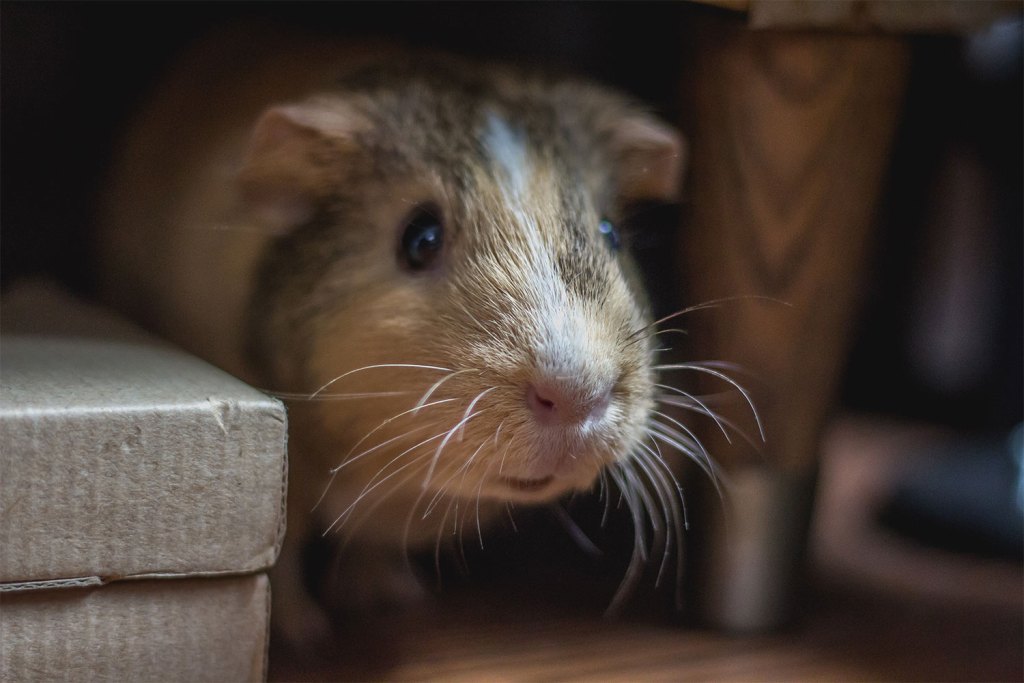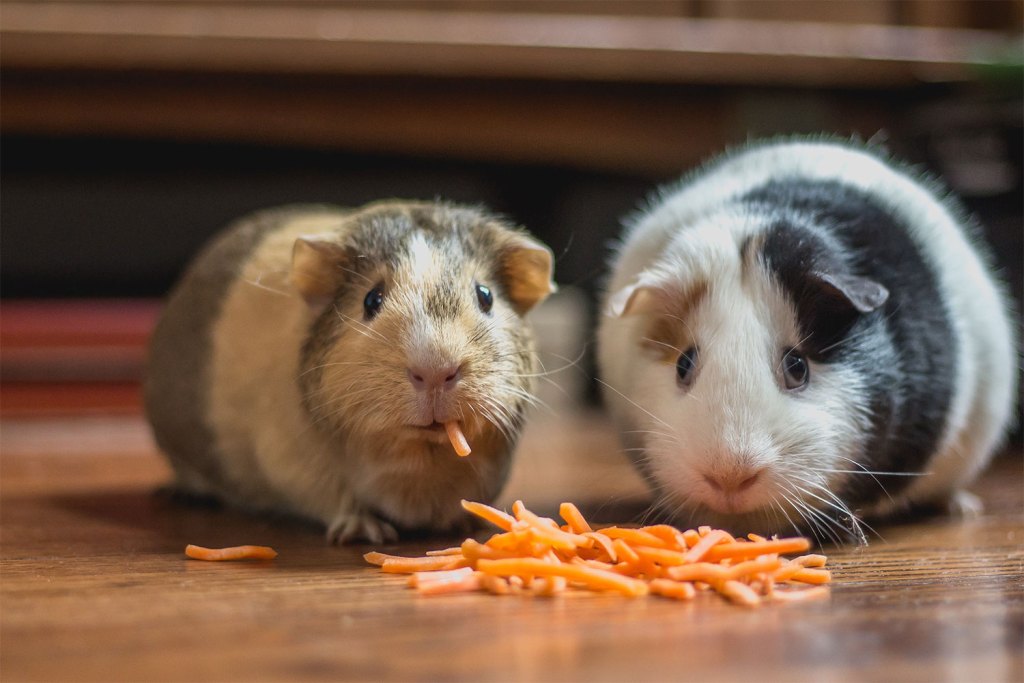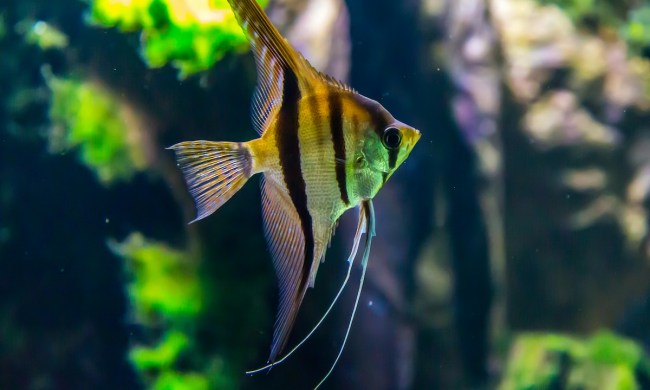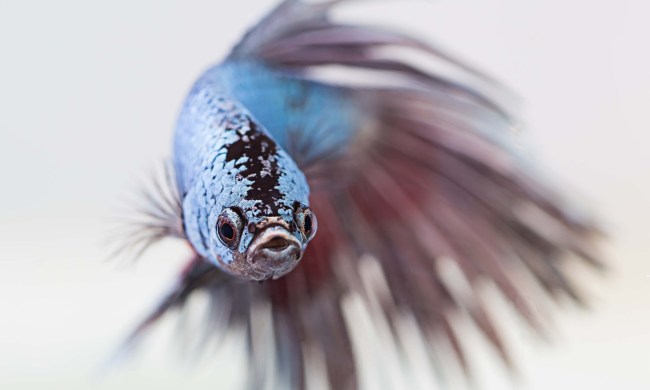Guinea pigs are a popular pet that will melt your heart with their cuteness, furry coat, and docile behavior. This lovely rodent is a great pet for a small family. They rarely bite and when they do, it’s defensively and out of fear. So, if you provide your guinea pig with room, love, and patience, they will return the good deed with cuddles and maybe even some tricks. That’s right. Guinea pig training is possible. These creatures are highly intelligent and can learn to respond to their name. They can use a litter box, and even perform neat tricks. Enjoy teaching your pet to push a ball or stand on their back feet on command. Here is a quick rundown on the basics of guinea pig training.

Creating the right environment
One of the most important things to take care of before you begin schooling your pet is creating the perfect living environment for them. A stressed student never learns. If your furball is frightened or uncomfortable, you will have a hard time getting their attention. It’s good to know that rescue pets that have been neglected, abused, or badly frightened are not great candidates for training. If you have a shy guinea pig, provide pampering and love to make them feel safe and secure. Once they relax and take ownership of their habitat, you can start with the training.
The basics of animal training
If you are ready to teach your guinea pig some tricks, make sure you are fulfilling all their other needs. As with any other species, animal training requires a lot of patience, compassion, and a boatload of positive reinforcement. Each animal is different and learns at a different pace. Some owners use a clicker combined with treats, while others prefer basic voice commands and instant rewards. Discover the rhythm of your guinea and make sure to keep it fun, exciting, and get yourself a good number of treats. Start working on one skill at a time and work your way up.
Teaching a guinea pig how to use a litter box
This is always the first trick every pet owner wants to know about. It takes a lot of patience, time, and practice. You want to place a litter with hay and fecal pellets to attract your guinea pig. Don’t be discouraged if they don’t use it all the time. The key is to reward them every time they do. Ignore the mistakes and give out a treat every time they do their business in the box.
Teach your guinea pig to come when called
This is one of our favorite tricks, which is why we recommend you start with it. In order to be successful teaching this skill, you must use your pet’s name often when feeding them and giving them treats. Take your furry friend out of his habitat and place it a few feet away from you. Call their name and wait for them to run toward you. When they do, reward them with their favorite treat. You can make it harder and open their cage but leave them inside. Call their name until they come out. Reward them and give them hugs. Try this daily and you will see results in no time.

Standing up and begging
This one is very easy to teach and fun to see in action. Offer your guinea pig a treat but place it above their head. This will force them to stand. Once you have the height figured out, say the command “stand up” and wait until they stand on their back legs to give them the treat. You may need to get the treat closer and be playful about it. Be careful not to do sudden movements and don’t be scared. Your guinea pig is not going to accidentally nibble on your finger. Do this regularly and you’ll be showing off your furball’s new trick in no time.
Train your guinea pig to jump through a hoop
This is the natural evolution of the standing up trick. You will need a hoop big enough for your pet to jump through it. Make sure it is all smooth with no sharp edges that can hurt your pet. Place the hoop on the floor and hold it up to stand right outside of your pet’s cage. Offer a treat from the outside of the loop and say your pet’s name and the command “jump the hoop.” Wait till they do and then let them have the treat and reward them with cuddles. Keep doing this daily until they jump without the need of a treat and away from their cage, as well.
Tips to successfully train your guinea pig
Like most other pets such as cats or dogs, guinea pigs tend to be very food-motivated. Just one sniff of a delicious treat will encourage them to do just about anything. When it comes to using food as a motivating factor, however, there are some things to consider:
- Repetition is key. By repeating a command, the trick, then the reward, you are ingraining the trick into your guinea pig’s mind. It will help them become more and more aware of what a successful trick is and ultimately, what will get them a tasty treat. Although guinea pigs are intelligent little creatures, it is important to keep training to a reasonable amount each day. About 30 minutes each day should be more than enough to get them on track and learning.
- A balanced diet is important. It can be easy to lose track of how much you’re feeding your guinea pig during training sessions. Every time they perform satisfactorily, it can be easy to give them all the treats. Because of this, it is important to track how much food you’re giving them during training sessions and how much should be subtracted from their daily meals. An easy way to keep track is by putting aside a designated amount for training, and once that amount is gone, that’s all the training that will be done for the day.
- Only reward after a successful trick. To properly use positive reinforcement, the treat should only be given after a trick or command is successfully completed. This way, the guinea pig knows what the correct way is to complete a command.
- Be confident. Confidence is key in any situation. When you feel and act confident, your guinea pig will respond more confidently, as well.
- Use positive reinforcement only. Positive reinforcement is all you need to have a perfectly trained guinea pig. When an unsatisfactory response occurs, don’t just give your guinea pig a treat.
- Patience always wins. Training takes time, so being patient over weeks and even months is important for an enjoyable training experience.
Training a pet is a very fulfilling experience and helps you bond with your loved companion in a deep and beautiful way. By recognizing their intelligence, you become more compassionate and a better pet parent. Be patient, celebrate even the smallest achievement, and enjoy the process.


